Apptimus Blog


Micro Frontend

Micro Frontend
Micro frontend is an architectural approach where a web application’s frontend is broken down into smaller, independently deployable modules, similar to the concept of microservices on the backend. Instead of having a monolithic frontend, the UI is composed of multiple smaller applications that work together.
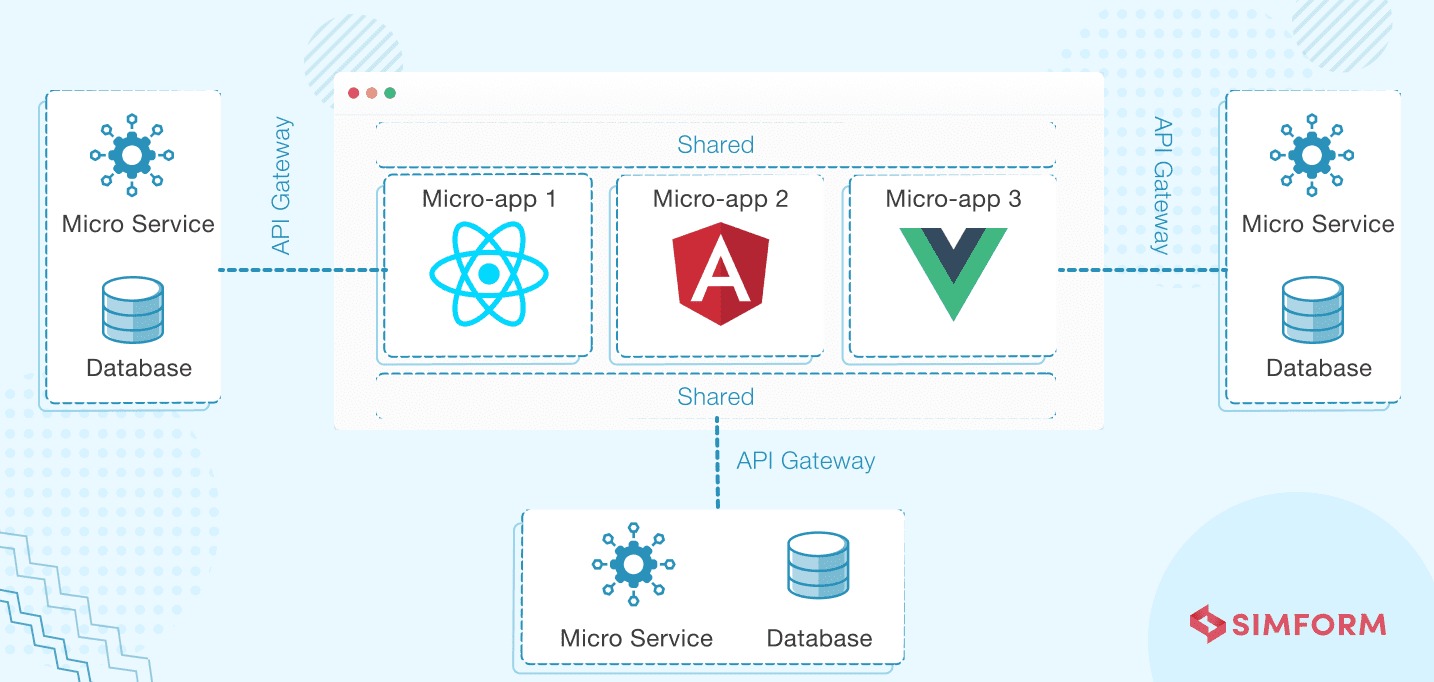
Why Use Micro Frontend?
- Scalability: Different teams can work on different parts of the frontend without conflicts.
- Independent Deployment: Each micro frontend can be developed, tested, and deployed separately.
- Technology Flexibility: Different micro frontends can use different frameworks (e.g., React, Vue, Angular).
- Faster Development: Teams can work in parallel, reducing bottlenecks.
How Does It Work?
- Decomposing the UI: The frontend is split into smaller components based on features or business domains (e.g., cart, search, user profile).
- Separate Repositories & Deployments: Each micro frontend is managed as an independent project.
- Integration Approaches:
- Build-time Integration: Combine micro frontends at build time.
- Run-time Integration: Load micro frontends dynamically using iframes, JavaScript modules, or Web Components.
- Server-side Composition: Assemble the micro frontends on the server before sending them to the client.
- Communication Between Micro Frontends: Use props, events, or a global state management tool (like Redux or Event Bus).
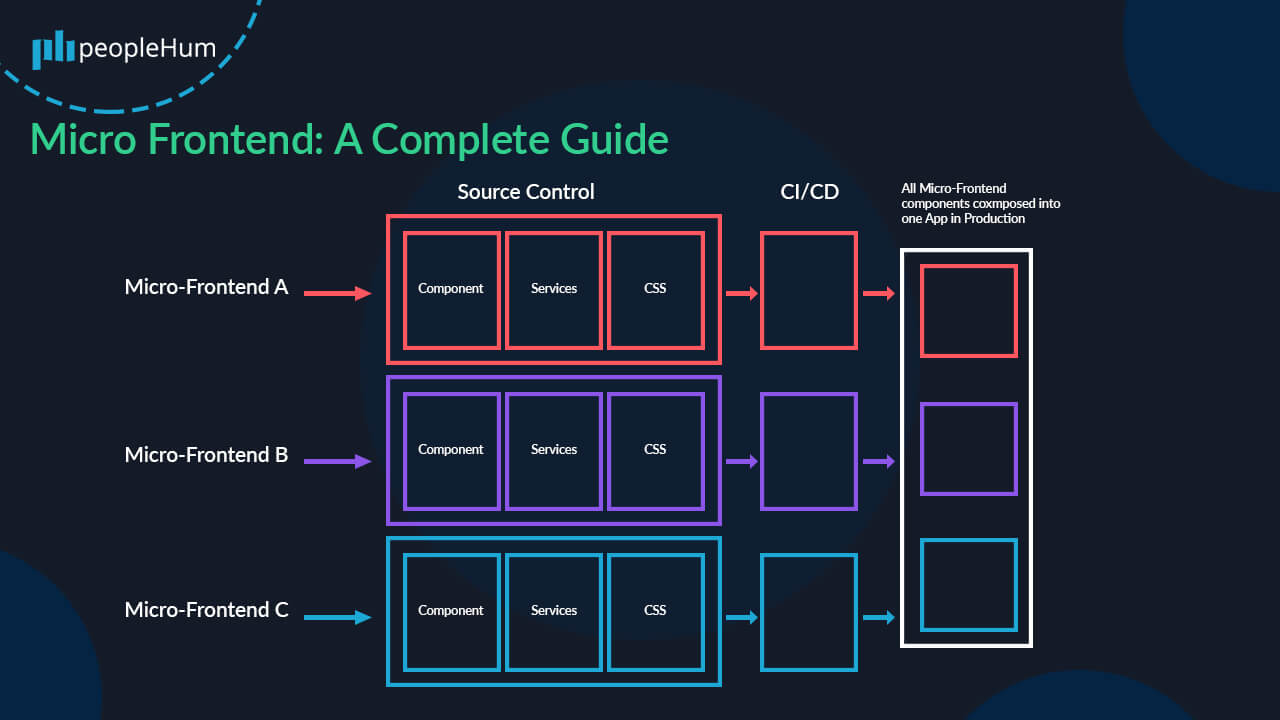
Popular Tools & Frameworks for Micro Frontend:
- Module Federation (Webpack 5)
- Single SPA
- Bit.dev
- Qiankun
- OpenComponents
Comparison: Micro Frontend vs. Monolithic Frontend vs. Backend
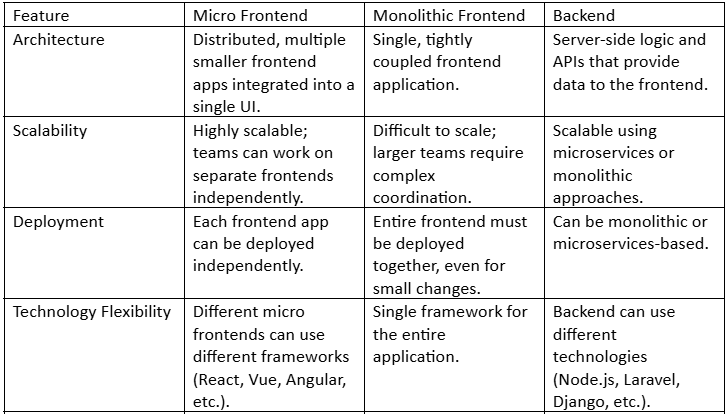
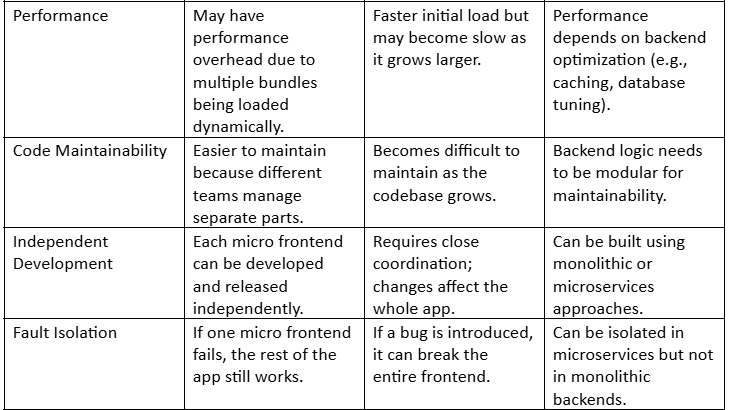
When to Choose Each Approach?
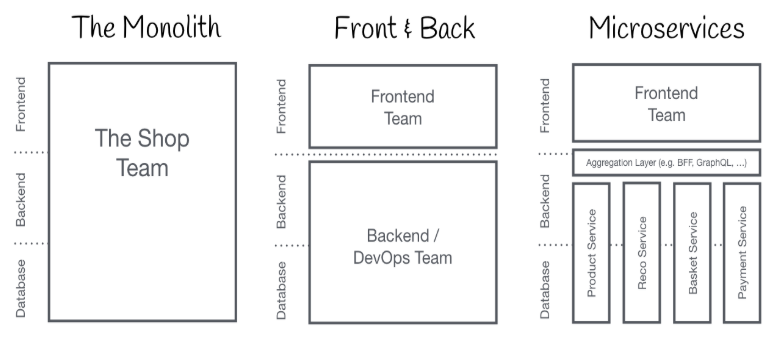
Use Micro Frontend If:
- You have a large application managed by multiple teams.
- You need to deploy different parts of the UI independently.
- You want to use different technologies in different parts of the frontend.
- Your company follows a modular development approach.
Use Monolithic Frontend If:
- Your application is small to medium-sized.
- You want simpler deployment and management.
- A single frontend team is handling development.
- You need faster initial performance without multiple bundles.
Backend is Needed When:
- Your application needs to store and retrieve data from a database.
- You need business logic, authentication, or APIs.
- You want to provide RESTful or GraphQL APIs for frontend applications.
Example websites and systems for microfrontend:
- Google
- Amazon
- Facebook
- Spotify
- Airbnb
- ChatGpt (OpenAI)
- Deepseek
And many Large Scale and high security Applications Chooses Micro frontend because it’s High performance, Scalability, Independent deployments, Easy management and more usages and benefits.
For detailed Video explanations with coding :
